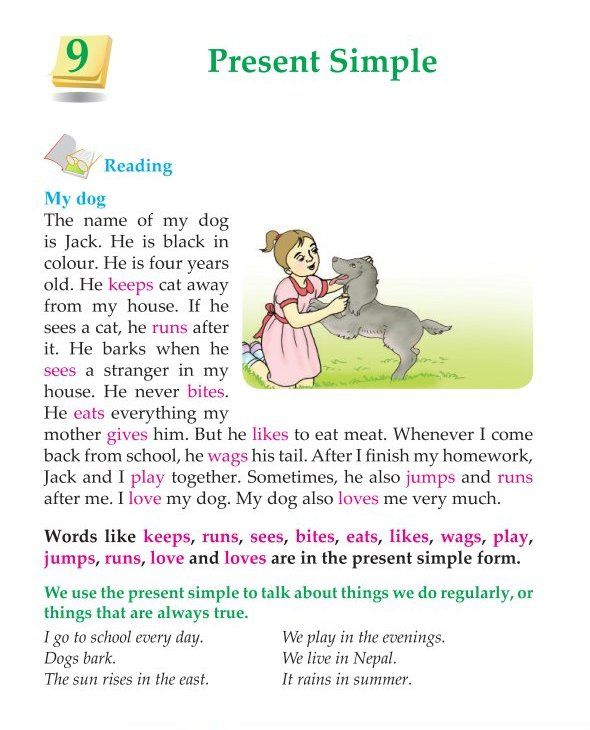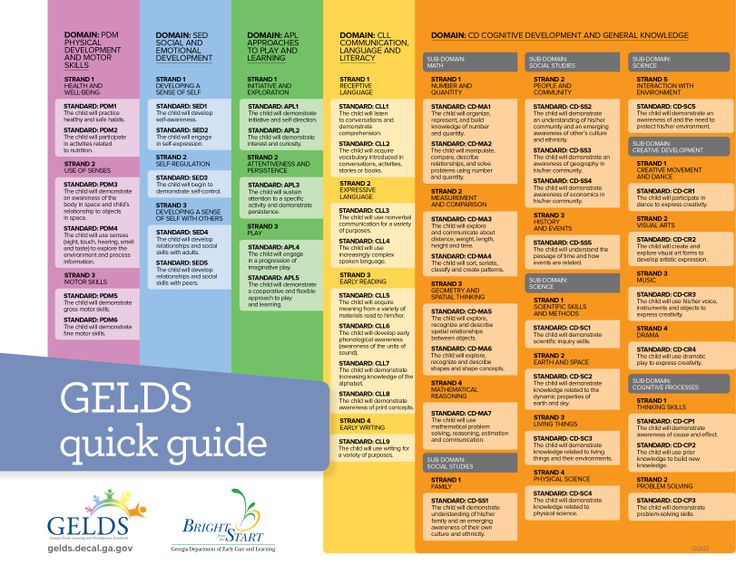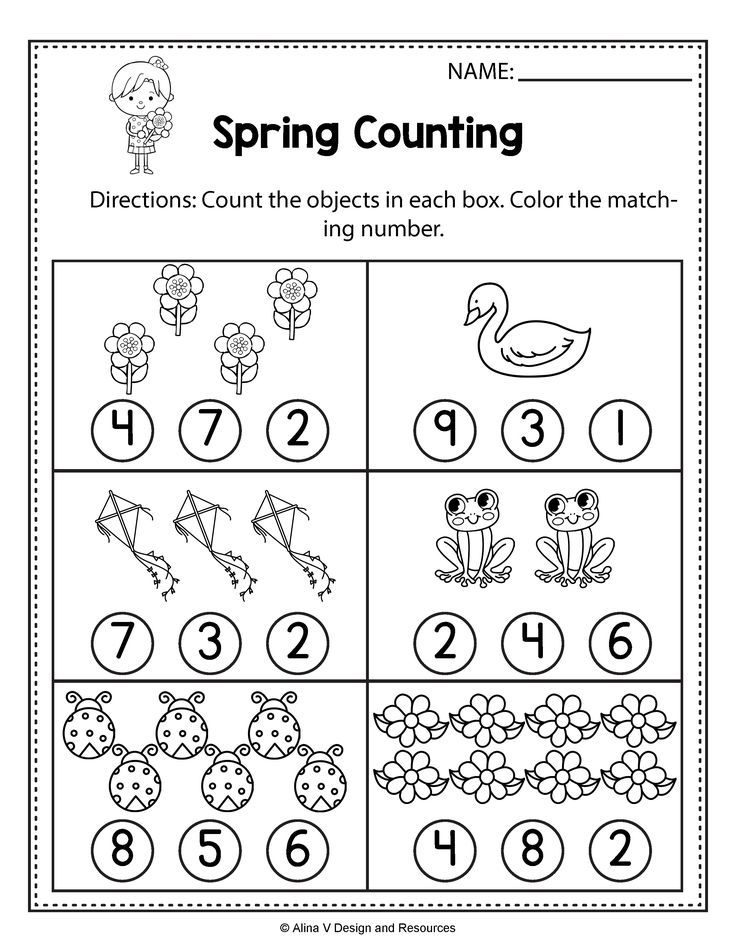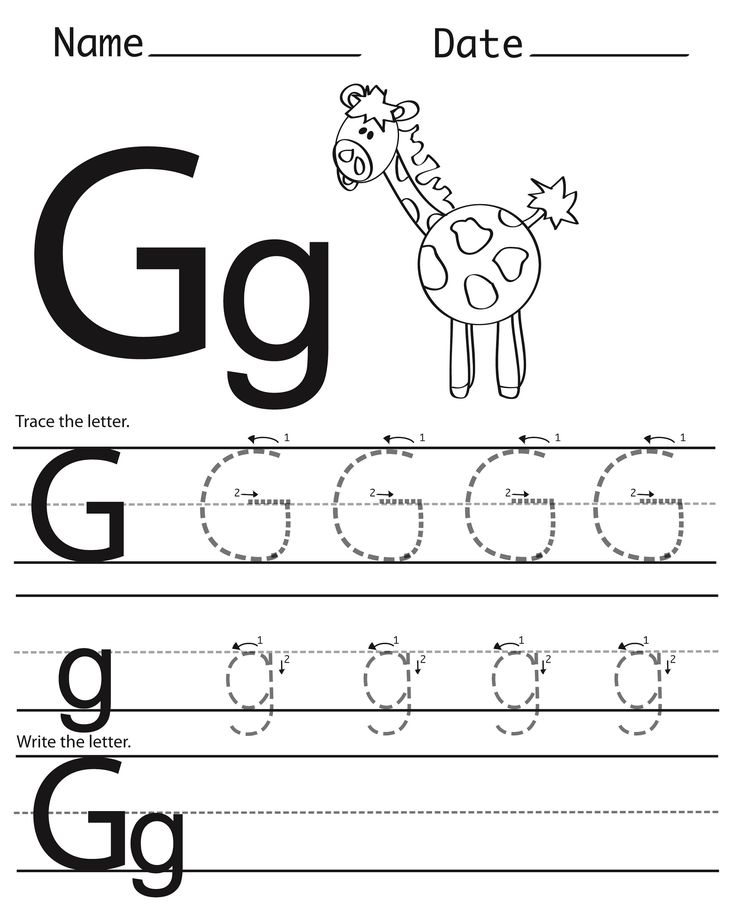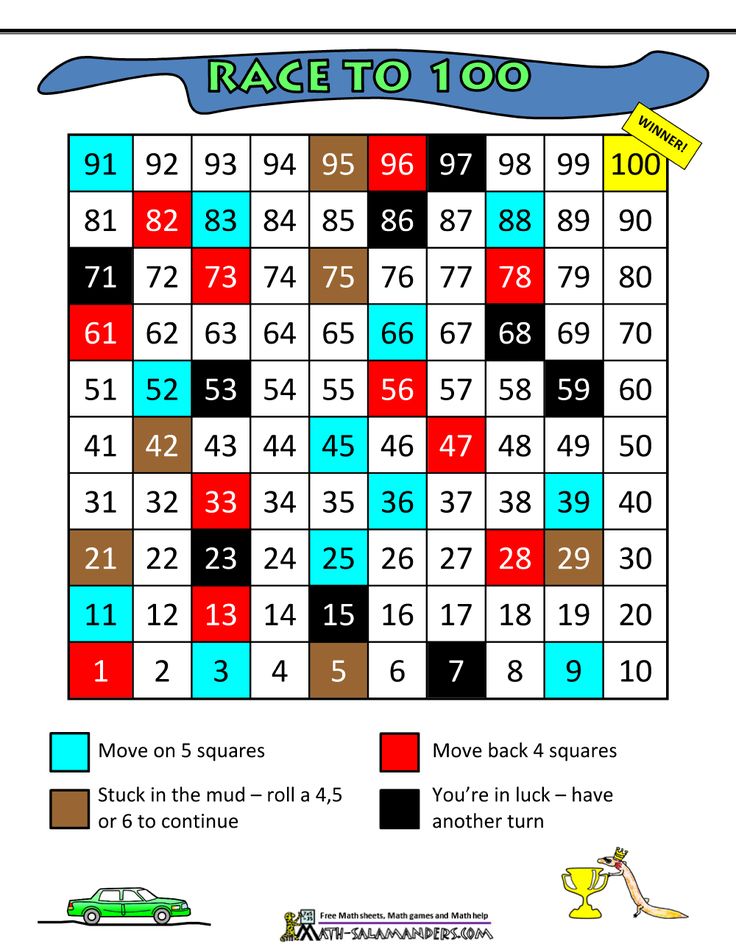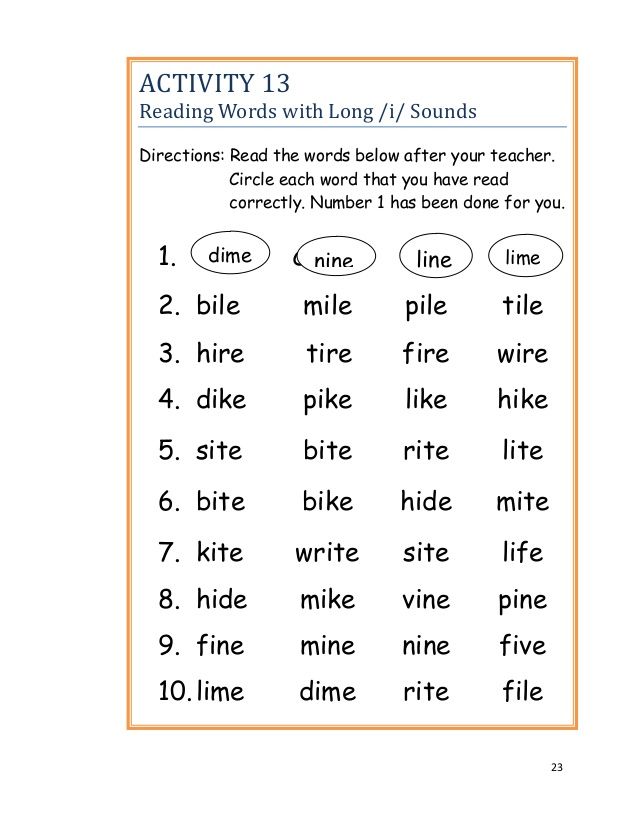I can guess your number
Maths Teaching Tips - Rising Stars
Can there be anything more exciting than combining maths with magic? They are natural partners and go together like Ant and Dec, copy and paste, eggs and bacon, strawberries and cream.
Maths magic tricks are an underused slice of maths life yet they are an inventive, enjoyable and fascinating way of bringing numbers to life. They have the power to motivate, inspire and amaze children, help children to understand maths concepts and develop their maths skills. Children delight in performing them.
Research by Richard Wiseman has found that teaching children magic can boost their self-discipline and social skills as well as develop their self-esteem, confidence, empathy and interaction. Whilst it might be pushing the talents of most teachers to teach Harry Potter-style lessons, what they can do is teach some simple tricks that have the wow factor.
Professor Wiseman’s study found that an hour’s lesson studying magic did more good for a group of 10 to 12-year-olds than their normal PSHE classes. It also elevates their playground status!
Here’s a classic magic trick using binary arithmetic, the basis of all computer logic.
What to do:
Select a number without telling me but point to the card or cards it appears on.
I will tell you the number you have in your mind!
For example, if someone chooses the number 5 and they point to the two cards this appears on, simply look in the top left hand corner of the cards and add the numbers (4 +1).
Maths magic tricks can energise any maths class and create a sense of wonder and curiosity about maths. You can introduce them as problem-solving tasks and challenge children to demystify them so they are valuable activities for developing critical thinking skills. THOANs are probably the easiest to start with (THink Of A Number).
Share the following 10 tricks with children and explain how they are done.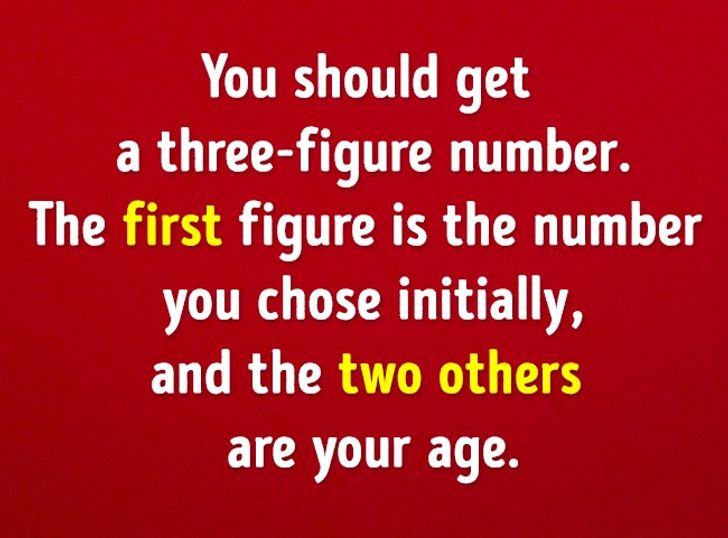
Encourage them to practise with family and friends but remember to tell them that a magician never reveals their secrets!
Trick 1: Think of a number
- Pick a whole number between 1 and 10.
- Add 2.
- Multiply by 2.
- Subtract 2.
- Divide by 2.
- Subtract your original number.
- Everyone’s final answer will be 1
Trick 2: Think of a number
- Choose a number from 1 to 8.
- Multiply it by 2.
- Now multiply by 5.
- Subtract 5.
- Finally add 7.
- The first digit is the number you chose and the second digit is the number 2.
Trick 3: Think of a number
- Think of any number.
- Double the number.

- Add 9 with result.
- Subtract 3 with the result.
- Divide the result by 2.
- Subtract the number with the first number started with.
- The answer will always be 3.
Trick 4: Think of a number
- Ask someone to pick a number.
- Add the next higher number to it.
- Add 9 and divide by 2, and then subtract the original number.
- The answer will be 5.
Trick 5: Think of a number
- Write down a number.
- Add 5.
- Multiply by 3.
- Minus 15.
- Divide by your original number.
- Add 7.
- Your answer is 10.
Trick 6: Think of a number between 20 and 100
- Pick a number between 20 and 100.
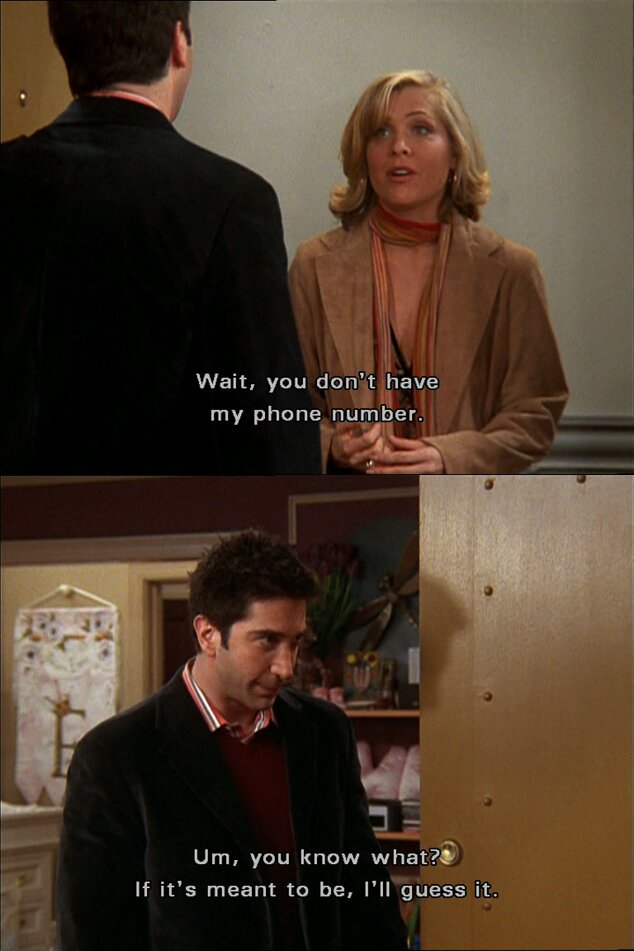
- Now add your digits together.
- Now subtract the total from your original number.
- Finally, add the digits of the new number together.
- Your answer will always be 9
Trick 7: Think of a 3 digit number
- Pick a 3 digit number with 3 different digits.
- Now reverse the digits to get a new number.
- You now have two numbers. Subtract the smaller number from the larger number.
- Now add up the digits of the result.
- The answer will always be 18
Trick 8: Think of a 3 digit number
- Pick a 3-digit number with all three digits different.
- Reverse the digits and subtract to get another 3-digit number.
- Reverse the digits of the difference and add it to the difference.
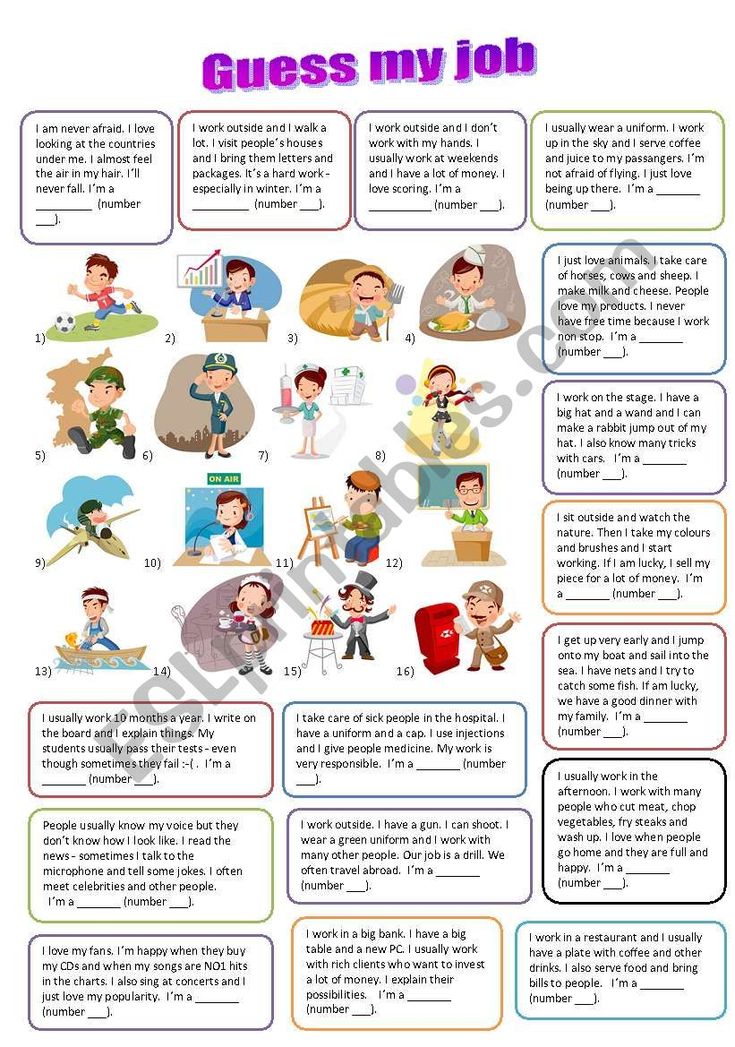
- Your sum will be 1089.
For example, start with 845. Then 845 – 548 = 297 and 297 + 792 = 1089.
Trick 9: Pick a number between 1 and 14
- Ask someone to think of a number between 1 and 14.
- Look at the 5 cards below and ask them to point to the card their secret number appears on.
- To work out what their secret number is look at the centre number on the card(s) they have chosen and add them together.
- For example, if they chose 10 then they would point to card 2, 3 and 5. Looking at the centre numbers on these cards that would be 2 + 3 + 5 = 10
| 12 | 6 | 11 |
| 1 | ||
| 13 | 7 | 8 |
| 11 | 9 | 10 |
| 2 | ||
| 12 | 7 | 14 |
| 13 | 9 | 10 |
| 3 | ||
| 11 | 8 | 14 |
| 13 | 9 | 12 |
| 4 | ||
| 14 | 7 | 8 |
| 12 | 6 | 11 |
| 5 | ||
| 14 | 10 | 13 |
Trick 10: Dicey
- Ask someone to roll two dice without telling you the numbers thrown, e.
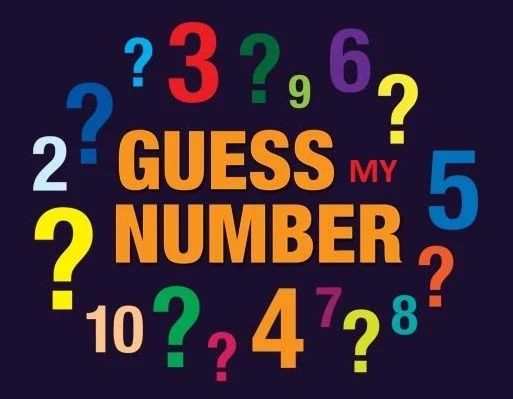 g. 4 and a 6.
g. 4 and a 6. - Ask them to multiply the number on the first die by 2 (4 x 2 = 8).
- Add 5 (8 + 5 = 13).
- Multiply by 5 (13 x 5 = 65).
- Add the number on the second die (65 + 6 = 71).
- You can now predict the numbers on the two dice by subtracting 25 (71 - 25 = 46).
- 4 = first die and 6 = second die.
Just as every teacher should have a collection of jokes at the ready, every teacher should also have a collection of maths tricks up their sleeve to show children.
Encourage children to practise and personalise a couple of tricks with a maths partner, building up to a performance in front of a small group; add a bit of performance theatre to it as confidence grows.
Within a whole-class session ask children to take on the role of a mathemagician - ready to impress everyone with marvellous memory feats and spell-binding maths wizardry!
John Dabell is a teacher with over 20 years teaching experience across all key stages.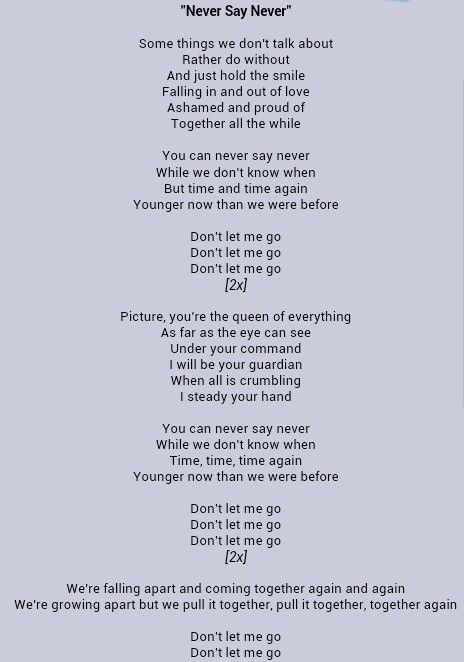 He has worked as a national in-service provider and is a trained OfSTED inspector.
He has worked as a national in-service provider and is a trained OfSTED inspector.
Loved this blog? Get this content straight to your inbox and sign-up to our e-updates. Simply create an account using this link and select Maths as your subject preference.
Tags
mathematics, maths
Guess My Number 3-5 | Math Solutions
Download or Print this Lesson
A Lesson with Third, Fourth, and Fifth Graders
by Rusty Bresser and Caren Holtzman
Guess My Number invites children to consider the structure of the number system while engaging in a logic game. Students try to guess a secret number from within a given range of possibilities. Guess My Number also presents an opportunity to reinforce mathematical symbols such as the “greater than” and “less than” signs. Through this activity, students learn the usefulness of number lines as tools for solving problems. Guess My Number appears in Rusty Bresser and Caren Holtzman’s Minilessons for Math Practice, Grades 3–5 (Math Solutions Publications, 2006).
Guess My Number appears in Rusty Bresser and Caren Holtzman’s Minilessons for Math Practice, Grades 3–5 (Math Solutions Publications, 2006).
As Patty Stark’s fifth graders settled into their seats, I went to the board and drew a box with a question mark inside it.
“Good morning,” I greeted the class. “I’ve got a secret number for you to guess. Since it’s early in the morning I’m going to make it pretty easy for you. I’ll tell you the number is somewhere between one and one hundred.”
“Could it be one hundred?” Martina asked.
“Yes,” I responded. “It could be any number between one and one hundred, including one or one hundred. You can guess a number and I’ll tell you if my secret number is greater than or less than your guess.”
I drew a number line on the board to help the students keep track of their guesses.
“How about fifty?” Latoya asked.
“The secret number is less than fifty,” I told her as I wrote this information on the board. I also marked 50 on the number line with an arrow, indicating all the numbers fifty and above were too large.
I also marked 50 on the number line with an arrow, indicating all the numbers fifty and above were too large.
Before I took any more guesses I decided to have a brief discussion about strategies for guessing. I had deliberately picked an easy number to start with so we could focus on the mechanics and thinking involved with the game.
“I’m a bit curious, Latoya,” I said. “Is there a particular reason you chose fifty?”
“Yeah,” Latoya responded. “I knew your number was between one and one hundred, so I picked fifty because it’s in the middle.”
“So how does that guess help you?” I pushed.
“Because it splits the numbers. Since you said the secret number is less than fifty, I know it’s in the bottom half of the numbers.”
I summarized Latoya’s strategy with accompanying references to the number line. “I think I get it,” I told the class. “All the possible numbers are between one and one hundred. So if you guess a number right in the middle, you can figure out which half the secret number is in and then you can just throw away the other half and not have to worry about it. ”
”
I proceeded to take some more guesses. Within a minute the number line looked like this:
I then asked students to pair up and briefly discuss two things—what they thought they already knew about my secret number and what number they’d like to guess next. I wrote the two prompts on the board to help them stay focused. Also, I was giving them a preview of the discussion to come.
What do you already know about my secret number?
What next guess would you like to make? Why?
After a few minutes I called for the students’ attention. “So can anyone tell something you know about my secret number?” I asked.
“It’s more than forty,” Hilario offered.
“It’s between forty and fifty,” David added.
“It’s in the forties,” Brenda posited.
“So you already know a lot about the secret number,” I validated. “With all this information, what number would you like to guess next? If you raise your hand to guess a number, you also have to be willing to explain why you think that number is a helpful guess.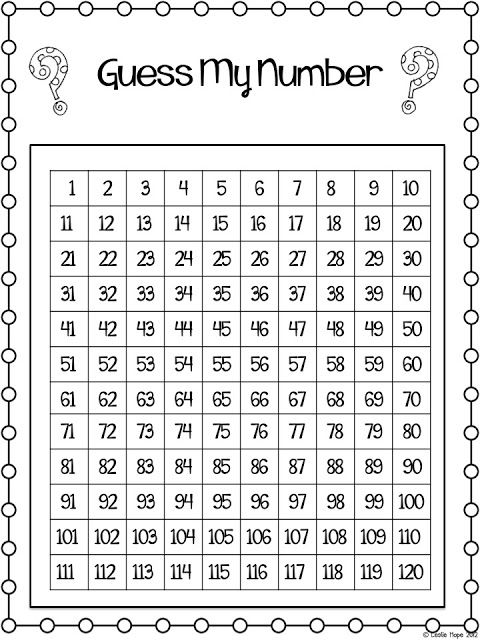 ”
”
I called on Destinee. “Forty-five,” she volunteered.
“Why is forty-five helpful?” I asked.
“Because,” Destinee explained, “we know the secret number is in the forties, and forty-five is in the middle of the forties.”
“It’s just like Latoya’s idea,” Reynaldo chimed in. “You can get rid of half the numbers that are left.”
“Aha,” I responded, “so you’re using your logical thinking to help eliminate a bunch of possibilities with one guess. Well, I’ll tell you that the secret number is less than forty-five. Talk to a partner again about what you know about the number now and what guess you’d like to make next.”
I let the students talk to each other as I added the new information to the number line. Many students wanted to use the same strategy and pick the number that was halfway between 40 and 45. We took a brief detour to establish that 42.5 was the midpoint between 40 and 45, but I explained that this Guess My Number game involved whole numbers only, so they needed to choose either 42 or 43.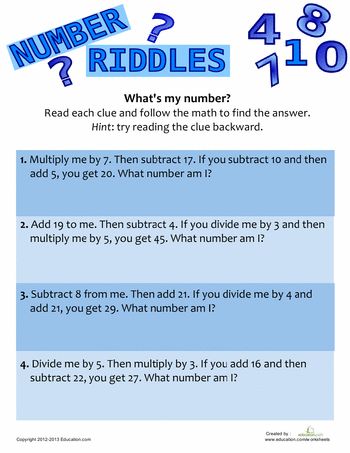
Christina guessed forty-two. I told her that the secret number was greater than forty-two and recorded this information on the board. Then Kenny guessed forty-nine. Some students expressed frustration with his guess since they already knew the number was less than forty-five. I stopped briefly to have a talk about maintaining a safe environment.
“This is a new game we’re playing today,” I told the class. “Part of learning and trying new things is making mistakes. It’s really important that everyone in the class feels safe enough to share his or her ideas and sometimes make mistakes. That’s how we learn. If you disagree with someone or you have a different idea, that’s fine. Just make sure you communicate that in a way that won’t hurt anyone’s feelings. Do you know what I’m talking about?” I asked the class as I looked at each student.
“Yes,” the students murmured.
I added Kenny’s guess to the board and moved on.
“How about forty-three?” Lisa suggested.
I wrote 43 on the board and circled it.
“Yes,” I congratulated. “My number is forty-three. I’m impressed with everyone’s thinking. It could have been any of one hundred different numbers, and it took you only eight guesses to get it. That shows you used a lot of good mathematical thinking.”
Before I left the class, I called on a pair of students to lead the class in another round of Guess My Number.
Guess My Number works equally well with fractions, decimals, or percents. Giving the students some visual tools is essential. Using a number line helps students compare numbers and order the numbers.
A 1–100 chart is another tool that works nicely for Guess My Number. Tell students that the secret number is somewhere on the 1–100 chart. Cross numbers off the chart as they are eliminated. Familiarity with a 1–100 chart gives upper-elementary students a distinctive edge when it comes to mental computation and understanding our number system. When students have a visual model of the chart in their heads, they can easily jump around using tens. They also have a useful geometric model (the 10-by-10 square) to get a feel for how numbers are related to one another. Playing Guess My Number with a 1–100 chart gives students further exposure to the chart and pushes them to articulate some of the number relationships inherent in it.
They also have a useful geometric model (the 10-by-10 square) to get a feel for how numbers are related to one another. Playing Guess My Number with a 1–100 chart gives students further exposure to the chart and pushes them to articulate some of the number relationships inherent in it.
Featured in Math Solutions Online Newsletter, Spring 2007, Issue 25
Related Publication:
Minilessons for Math Practice, Grades 3-5
by Jennifer M. Bay-Williams and Sherri L. Martinie
Share:
What's your number?What is your number? Woah, (hey!) We only got tonight so we might as well live it, Tear it up now, Hey, girl, Give me your digits, pretty, please? Tear it up now, Hey, girl, I'm getting tired just imagining, Yeah, yeah, yeah. Hey, girl, Hey, girl, Whoa (hey), We only have today to live Break up with him now, Hey girl, Can you tell me your numbers, honey, please? Break up with him now Hey girl, I'm tired, just imagining, Yes, yes, yes, yes. Hey girl, Hey girl, Translated by Vikki Like the translation?What's Your Number Lyrics — Jedward Rating: 5 / 5 1 opinions nine0016 | Young loveJedwardTracklist (15)
Add videoEnter the YouTube video link for this song to download the video. Popular songs1. Jingle bells 2nd Happy New Year 3. Bloody Mary 4. Last Christmas 5. Je veux 6. We wish you a Merry Christmas 7. Let it snow 8. Deutschland 9. Sonne 10. Snowman |
The expert told whether money can be stolen knowing the card number
2020-10-10T02:10:00+03:00
2020-10-10T02:10:05+03:00
2020-10-10T02:10:00+03:00
2020
An expert told whether money can be stolen knowing the card number
Finance
News
ru-RU
MOSCOW, 10 Oct - PRIME. Transactions using only the card number without entering the details, CV code and expiration date are almost excluded from everyday life, however, knowing the number... PRIME, 10.10.2020
Transactions using only the card number without entering the details, CV code and expiration date are almost excluded from everyday life, however, knowing the number... PRIME, 10.10.2020
banks, finance, news
/832359603.jpg
https://1prime.ru/images/83235/96/832359602.jpg
1920
1080
jpg
1920
1920
true 96
7 495 645-37-00
FSUE MIA "Russia Today"
https: // Russian Sawdom.rf/Awards/
Agency Economic Information Prime
5
900
7 495 645-37-00
Federal State Unitary Enterprise MIA “Russia Today”
https: // Russian Sawdem.rf/Awards/
Economic Information Prime
1
4.7
900 495 645 64 -37-00Federal State Unitary Enterprise MIA Russia Today
https: // Russian Sawdem.rf/Awards/
Economic Information Prime
5
4.7
96
7 495 645 645 645 645 645 645 645 645 645 645 645 645 645 645 645 645 645 645 645 645 645 645 645 645 645 645 645 645 645 645 645 645 645 645 645 645 645 645 645 645 645 645 645 645 645 645 645 645 645 645 645 645 645 645 645 64A MIA Rossiya Segodnya
https://rossiyasegodnya.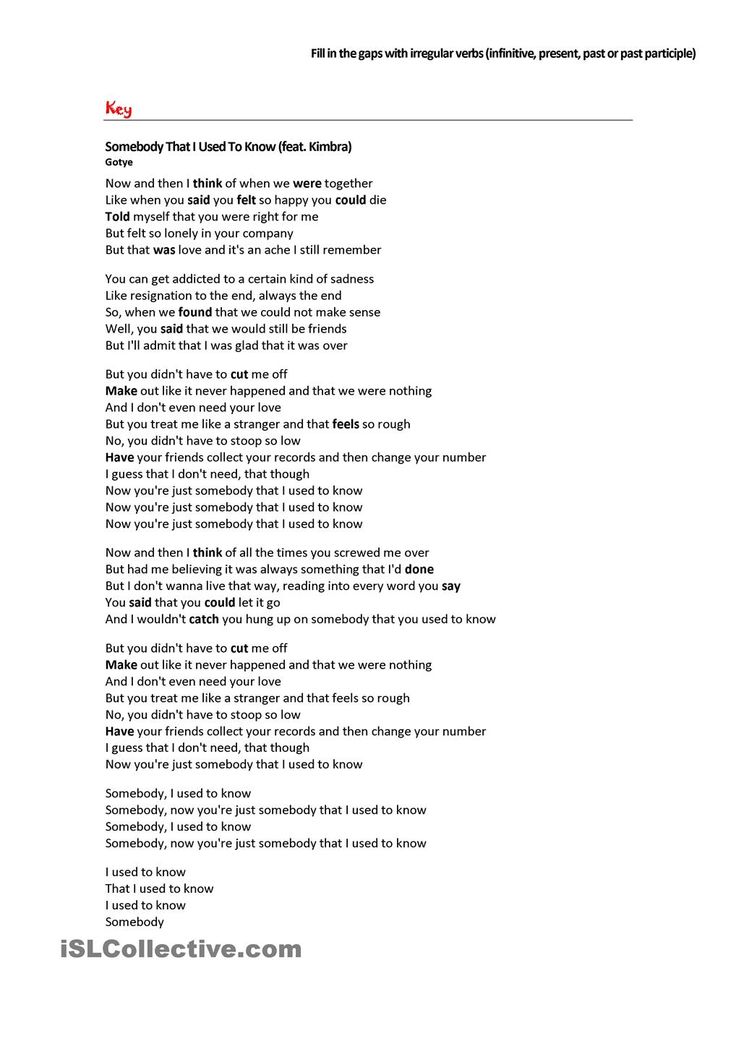 rf/awards/
rf/awards/
MOSCOW, 10 Oct – PRIME. Transactions using only the card number without entering the details, CV code and expiration date are almost excluded from everyday life, however, knowing the card number gives fraudsters the opportunity to try to guess the rest of the data by selection or using social engineering, the head of the department told the Prime agency Anti-Fraud Center for Applied Security Systems of Jet Infosystems Aleksey Sizov. nine0214 An expert explained why it is not allowed to post a photo of a view from a window on social networks disclosure of confidential information," the expert explains.
Using this method, an attacker can induce the victim to perform a transaction on the card himself or transfer missing card details for the fraudster to perform actions, adds Sizov. nine0016
"There are widespread schemes for calling bank customers under the guise of a security service, where customers are informed about supposedly ongoing transfers or loans taken and about the need to urgently transfer money to a "safe" account or dictate a transaction cancellation code," the expert gives an example.






 O.V
O.V 
